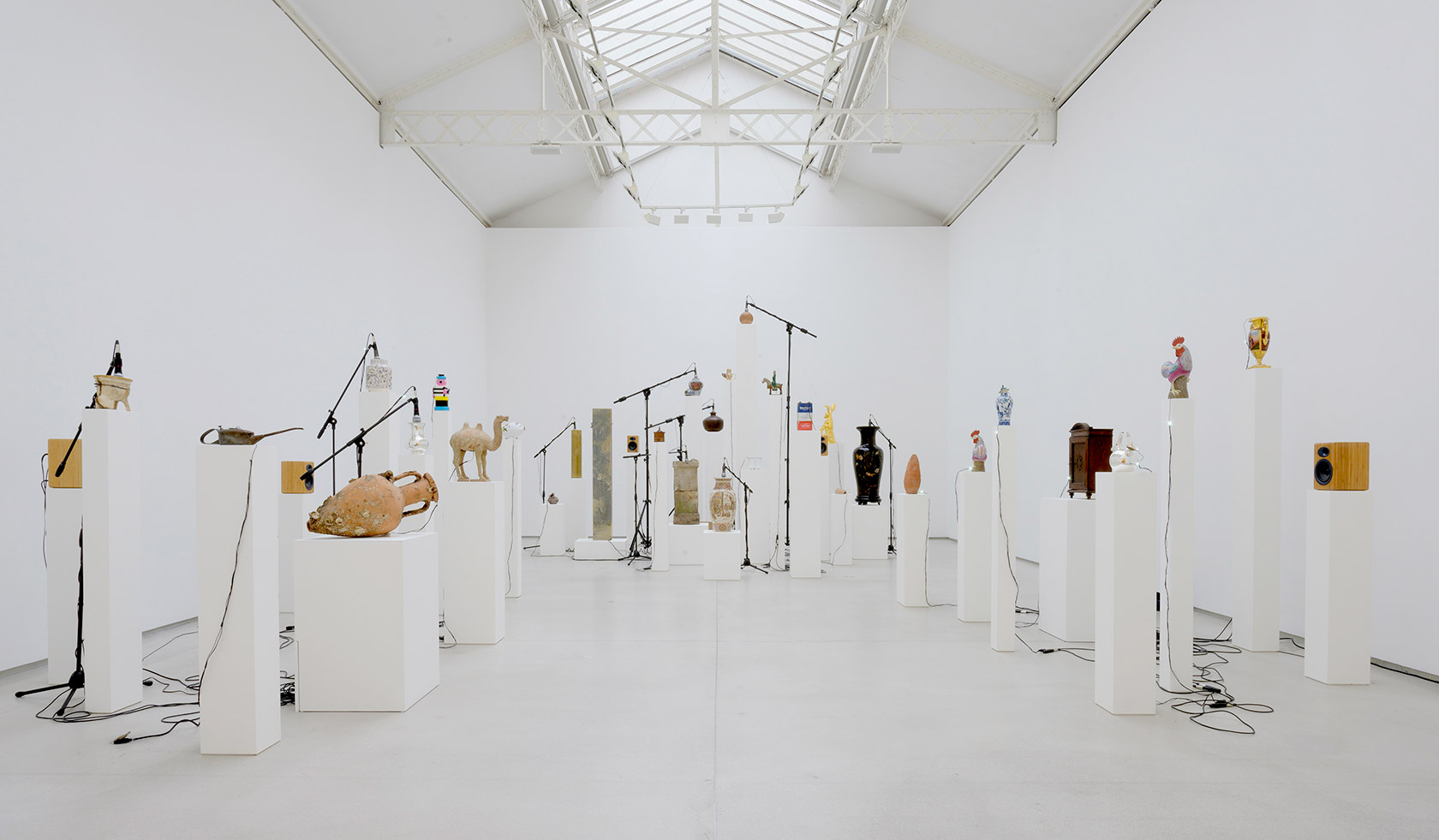
‘This is a Ptolemaic pot, and it’s got a little face on the front. It’s the household god Bes – a jolly corpulent figure who you’d have in a shrine at home,’ explains artist Oliver Beer. The 2,000-year-old object he points to could well belong to the Louvre, though on this day we are touring Beer’s solo exhibition at Galerie Thaddaeus Ropac in Paris – comprising work from 2018 to the present day.
Titled ‘Household Gods’, the show consists of four installations, each comprising between four to 16 objects. They range from a German artillery shell from the First World War, to a Ming dynasty horseman sculpture, to a Japanese Arita porcelain urinal (exported to Amsterdam in the 18th century, where it was decorated in the style of the day). For each installation, Beer mined the personal collection of a family member for items of significance, which he has displayed on minimal white plinths that lend an aura of grandeur.
‘Each object has a story of survival. Taste, chance, politics, and balance of power all determine why certain objects come out of certain places at certain times,’ he remarks, marvelling at the fact that each piece would have passed through many hands in many lands, before they wound up respectively with his grandmother, father, mother and sister in Kent, England. The installations present an affectionate, while whimsical portrait of Beer’s family, while suggesting the ways in which contemporary Western culture has assimilated varying civilisations and epochs.
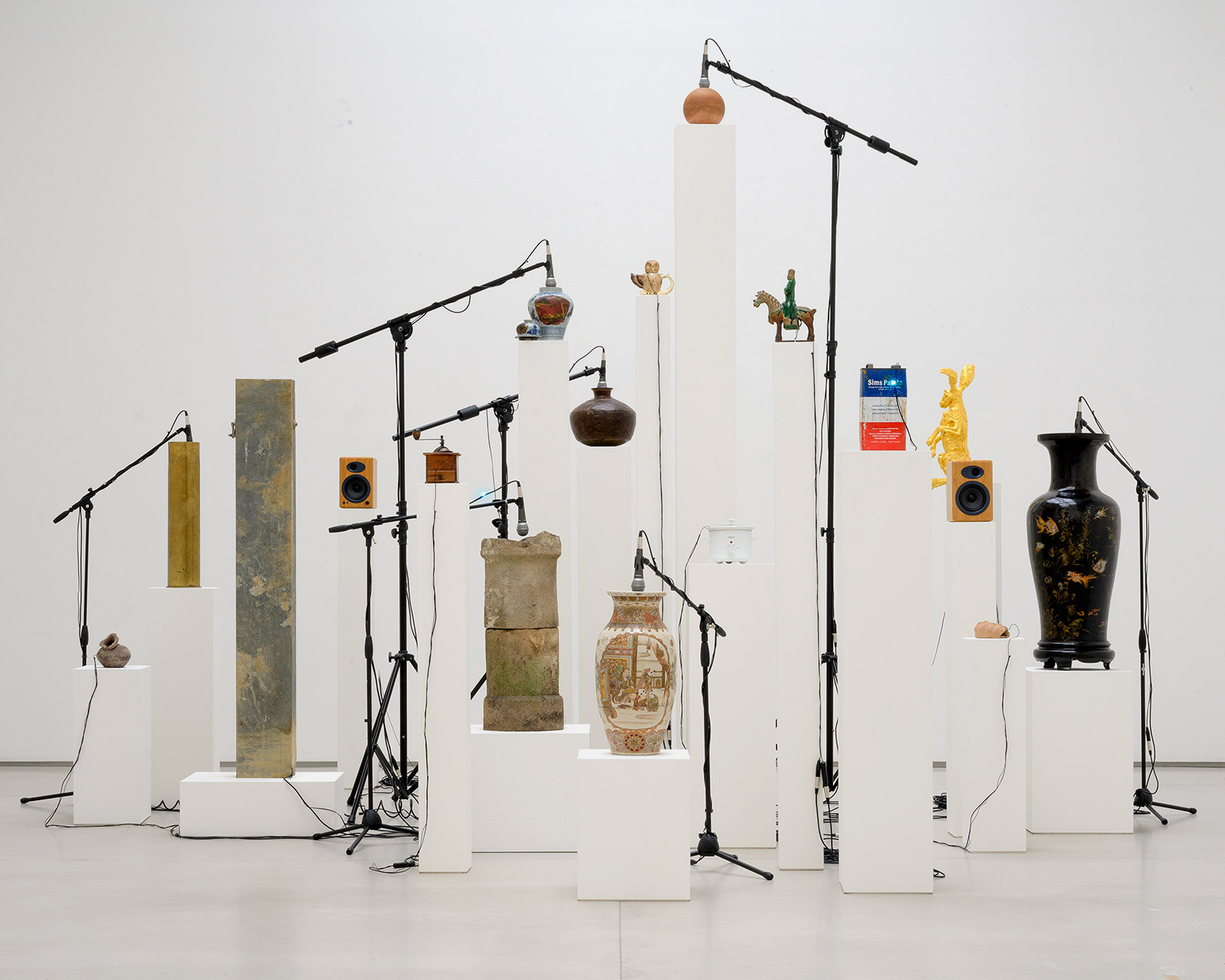
Household Gods (Grandmother), 2019, 16 vessels, 2 speakers, 18 plinths, by Oliver Beer.
It’s the microphones pointing into each object that animates the installations. They play with resonant frequency, an idea that Beer has explored for many years. ‘The form and the geometry of each object in the world that’s hollow creates a [musical] note,’ he says. He’d sung into the interior of each object in the show, going through the chromatic scale to discover the specific note at which sound would reverberate.
Now, a tiny speaker within each object emits its innate note, which rumbles within its interior and makes it appear to sing into the microphones. Together they form a gentle chorus, at once primeval and cerebral, that speaks to the human impulse to breathe life into inanimate objects. ‘We have a retinal approach to the world,’ Beer continues. He wants people to instead ‘try and think about objects, not as we see them but as we hear them.’
This summer, Beer will be taking his work to a new level with a show at the Met Breuer in New York, featuring a single, monumental installation occupying the entire top floor. In preparation for the show, he’s been spending time in the Met’s extensive archives. ‘The Met is an encyclopaedic museum, so its archives are by definition a portrait of humanity,’ he says.
But it’s also a portrait of the people who created the museum and continue to expand its holdings. ‘I’m interested in why that hectare of New York should be the home of such an extraordinary, but also idiosyncratic collection. There are reasons why certain objects come in certain waves, and they’re completely tied to balances of power.’
The new installation will involve 32 objects, each corresponding to a different note on the chromatic scale, so collectively they become an instrument. All of them will connect to a keyboard. ‘When you press down middle C on the keyboard, the Mesopotamian Cow that sings a middle C will sing the C.’ Sound, then becomes the lingua franca of items of diverse origin. Beer is inviting composers to come and make music with the installation, with a concert planned for every week.
In uncovering the aural abilities of the Met’s artefacts, he will encourage viewers to rediscover the pieces; not only to see them, but hear them anew. Quite literally in fact, as resonant frequencies (unlike appearances) stay constant from the moment an object is created, undimmed by the passage of time.
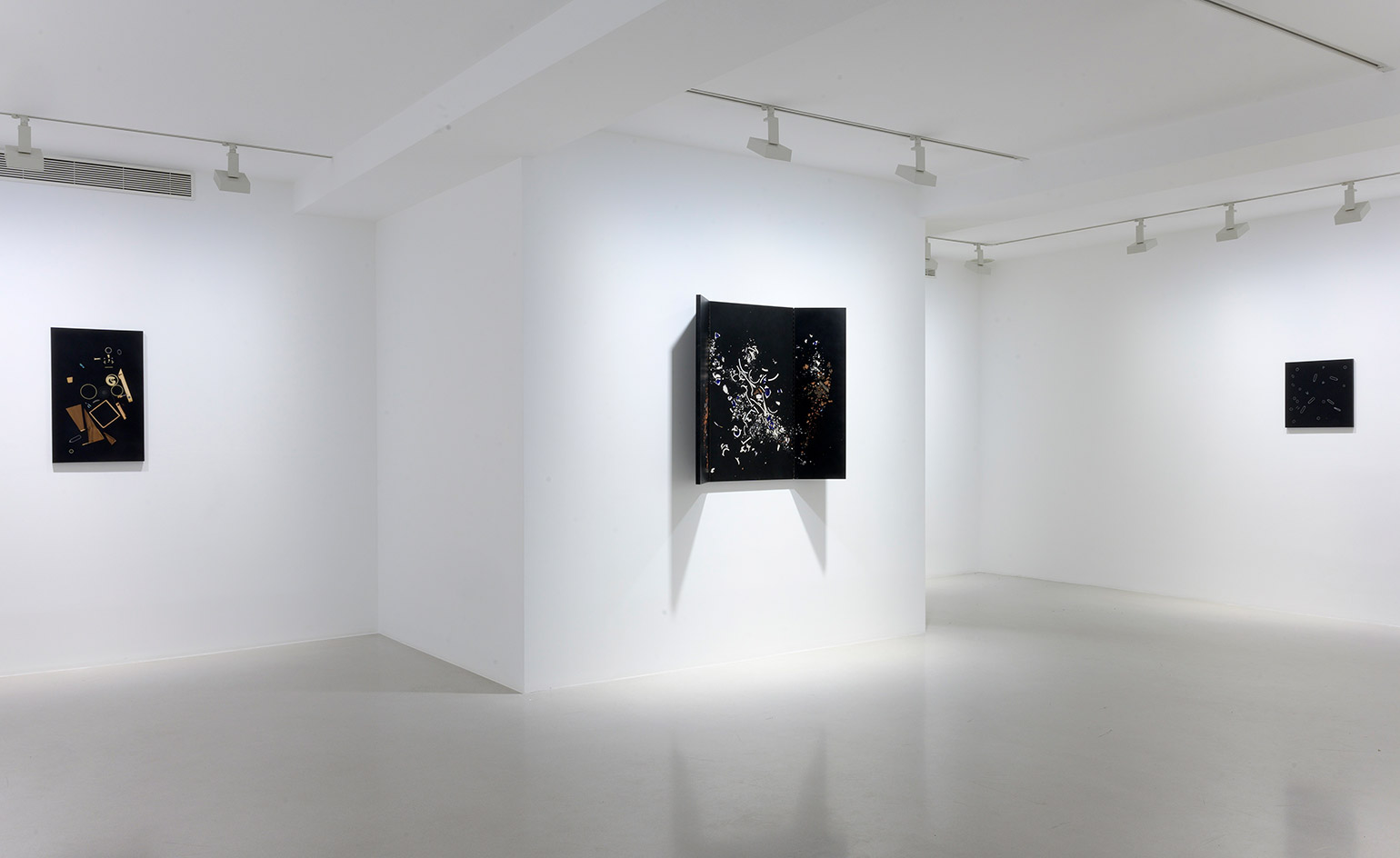
Installation view of Oliver Beer’s ‘Household Gods’ at Galerie Thaddaeus Ropac, Paris. Courtesy of Galerie Thaddaeus Ropac
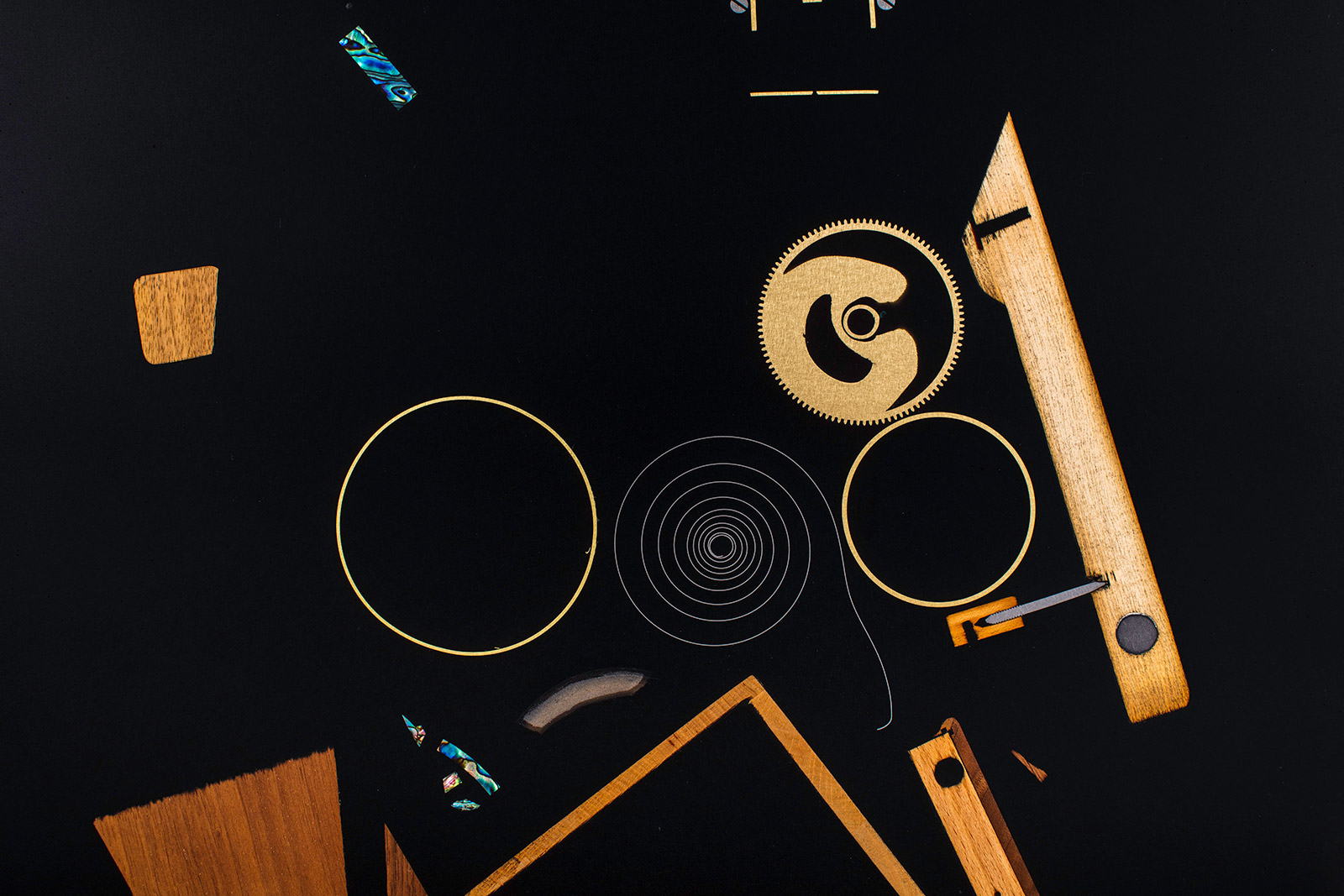
Recomposition (Mother Flawless Sabrina), detail, 2018, by Oliver Beer. Courtesy of Galerie Thaddaeus Ropac
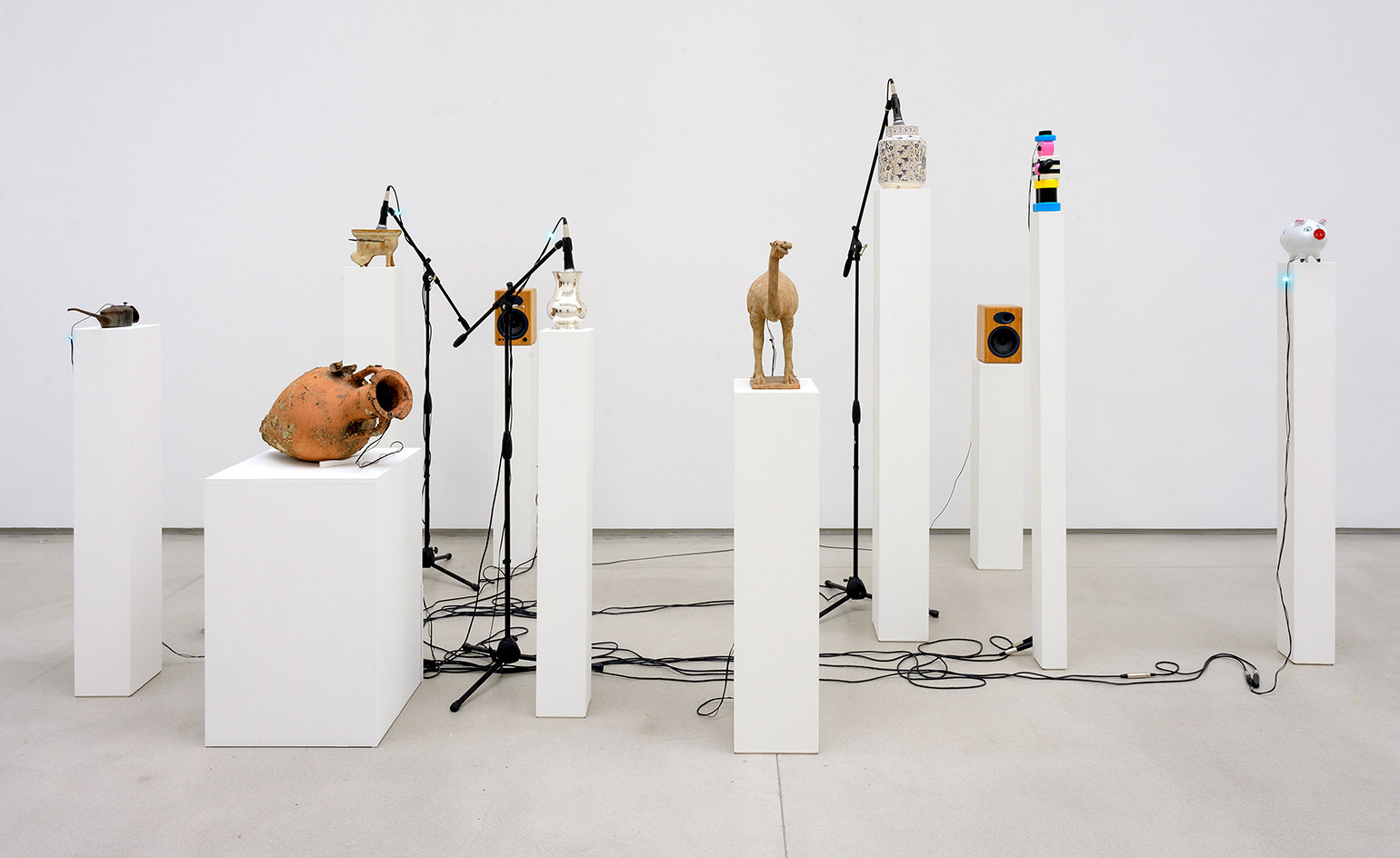
Household Gods (Father), 2019, 8 vessels, 2 speakers, 10 plinths, by Oliver Beer. Courtesy of Galerie Thaddaeus Ropac
INFORMATION
‘Vessel Orchestra’ is on view from 2 July – 11 August at the Met Breuer, New York. For more information, visit Oliver Beer’s website and the Galerie Thaddaeus Ropac website
Receive our daily digest of inspiration, escapism and design stories from around the world direct to your inbox.
TF Chan is a former editor of Wallpaper* (2020-23), where he was responsible for the monthly print magazine, planning, commissioning, editing and writing long-lead content across all pillars. He also played a leading role in multi-channel editorial franchises, such as Wallpaper’s annual Design Awards, Guest Editor takeovers and Next Generation series. He aims to create world-class, visually-driven content while championing diversity, international representation and social impact. TF joined Wallpaper* as an intern in January 2013, and served as its commissioning editor from 2017-20, winning a 30 under 30 New Talent Award from the Professional Publishers’ Association. Born and raised in Hong Kong, he holds an undergraduate degree in history from Princeton University.
-
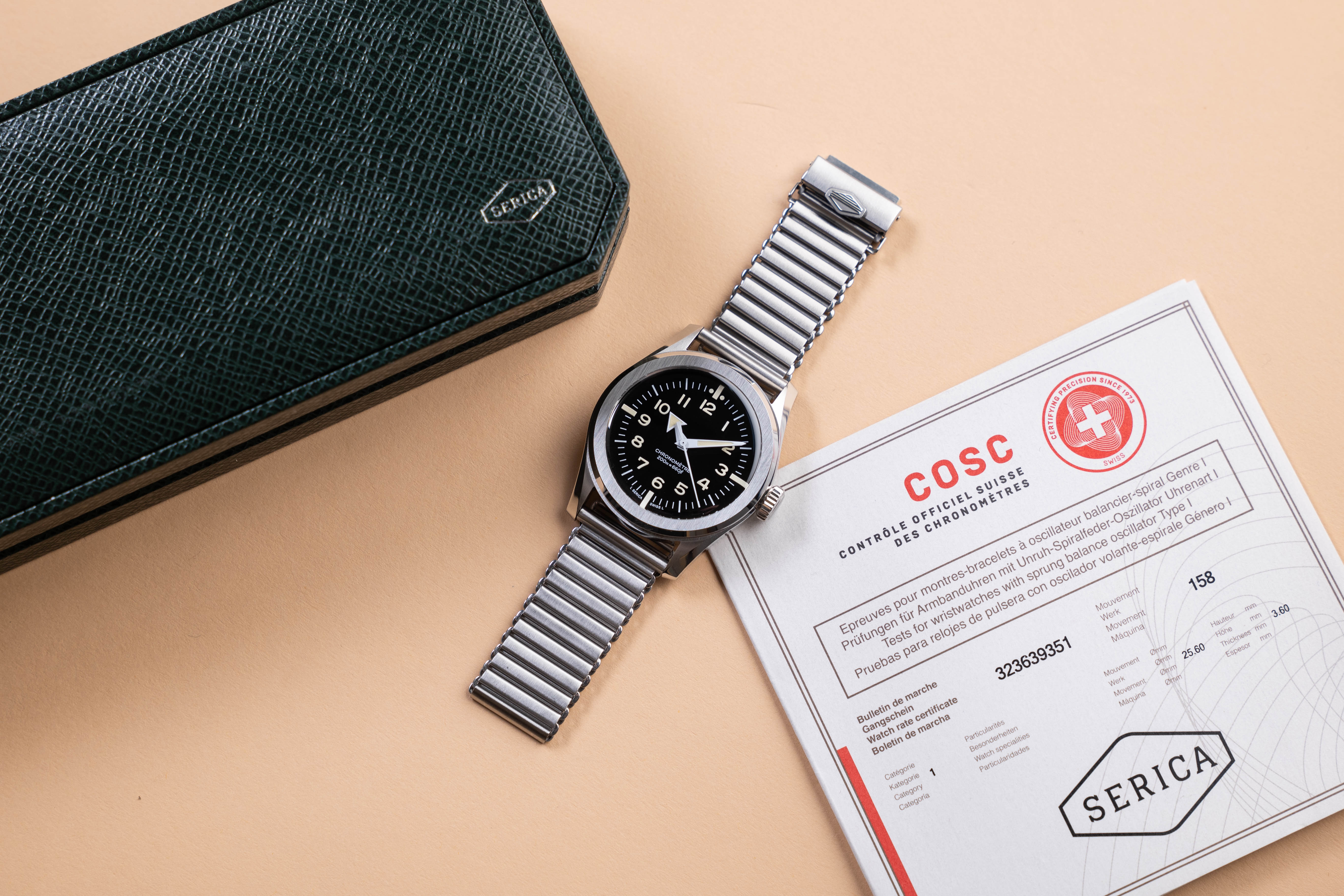 Click to buy: how will we buy watches in 2026?
Click to buy: how will we buy watches in 2026?Time was when a watch was bought only in a shop - the trying on was all part of the 'white glove' sales experience. But can the watch industry really put off the digital world any longer?
-
 Don't miss these art exhibitions to see in January
Don't miss these art exhibitions to see in JanuaryStart the year with an inspiring dose of culture - here are the best things to see in January
-
 Unmissable fashion exhibitions to add to your calendar in 2026
Unmissable fashion exhibitions to add to your calendar in 2026From a trip back to the 1990s at Tate Britain to retrospectives on Schiaparelli, Madame Grès and Vivienne Westwood, 2026 looks set to continue the renaissance of the fashion exhibition
-
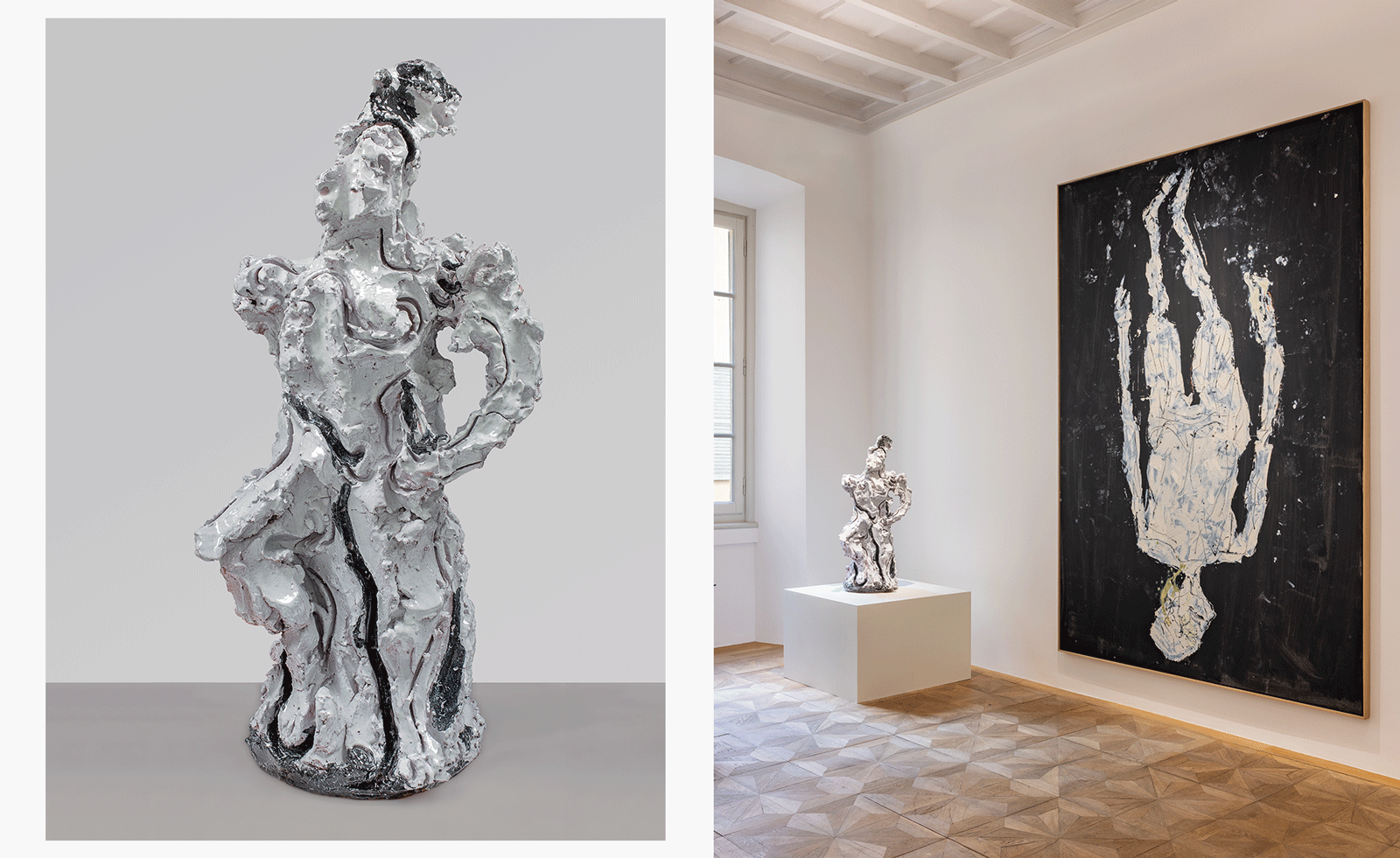 What to expect from Thaddaeus Ropac’s new Milan gallery
What to expect from Thaddaeus Ropac’s new Milan galleryA stalwart among European galleries, Thaddaeus Ropac has chosen an 18th-century palazzo for its first venture into Milan
-
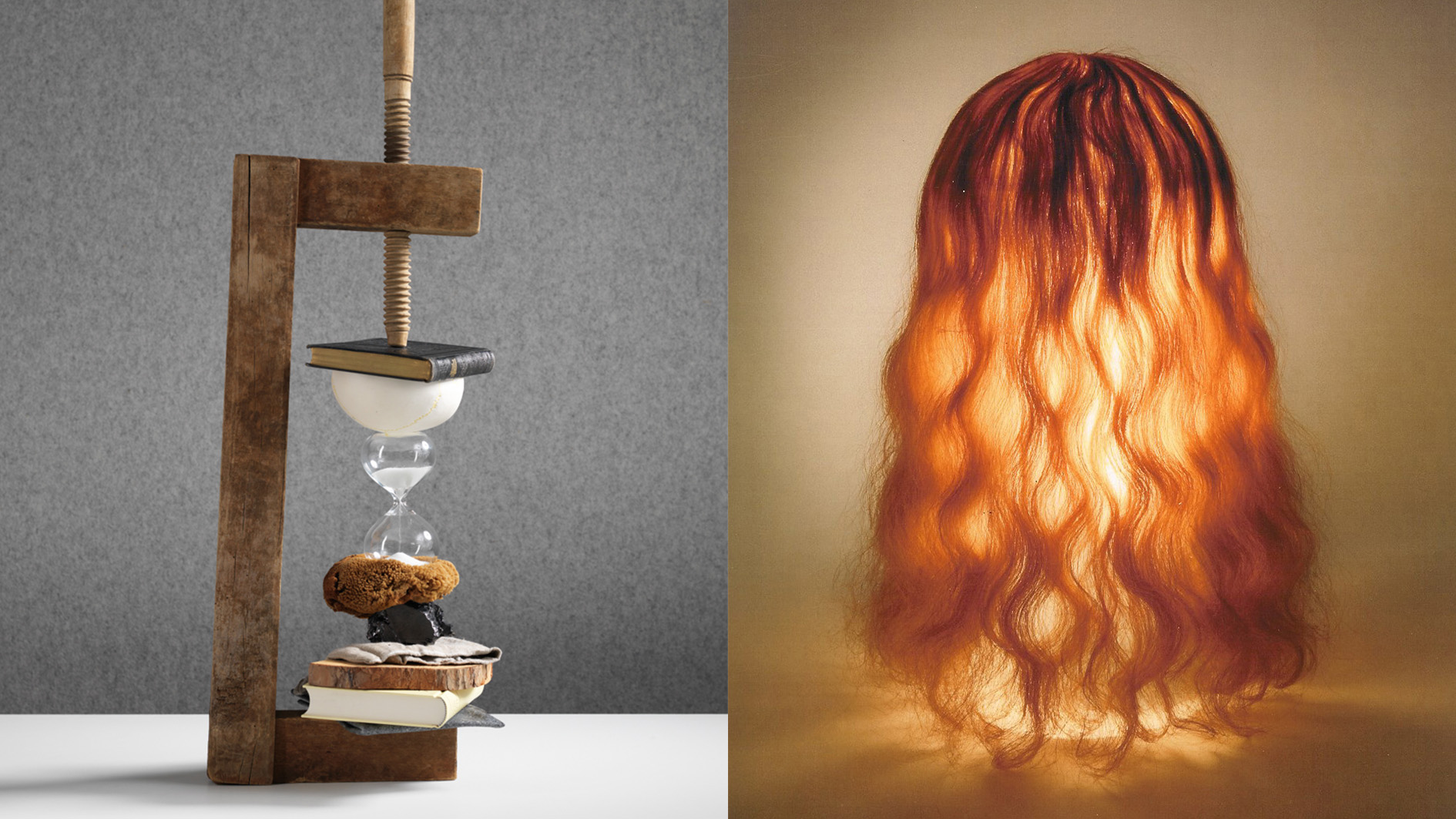 Rolf Sachs’ largest exhibition to date, ‘Be-rühren’, is a playful study of touch
Rolf Sachs’ largest exhibition to date, ‘Be-rühren’, is a playful study of touchA collection of over 150 of Rolf Sachs’ works speaks to his preoccupation with transforming everyday objects to create art that is sensory – both emotionally and physically
-
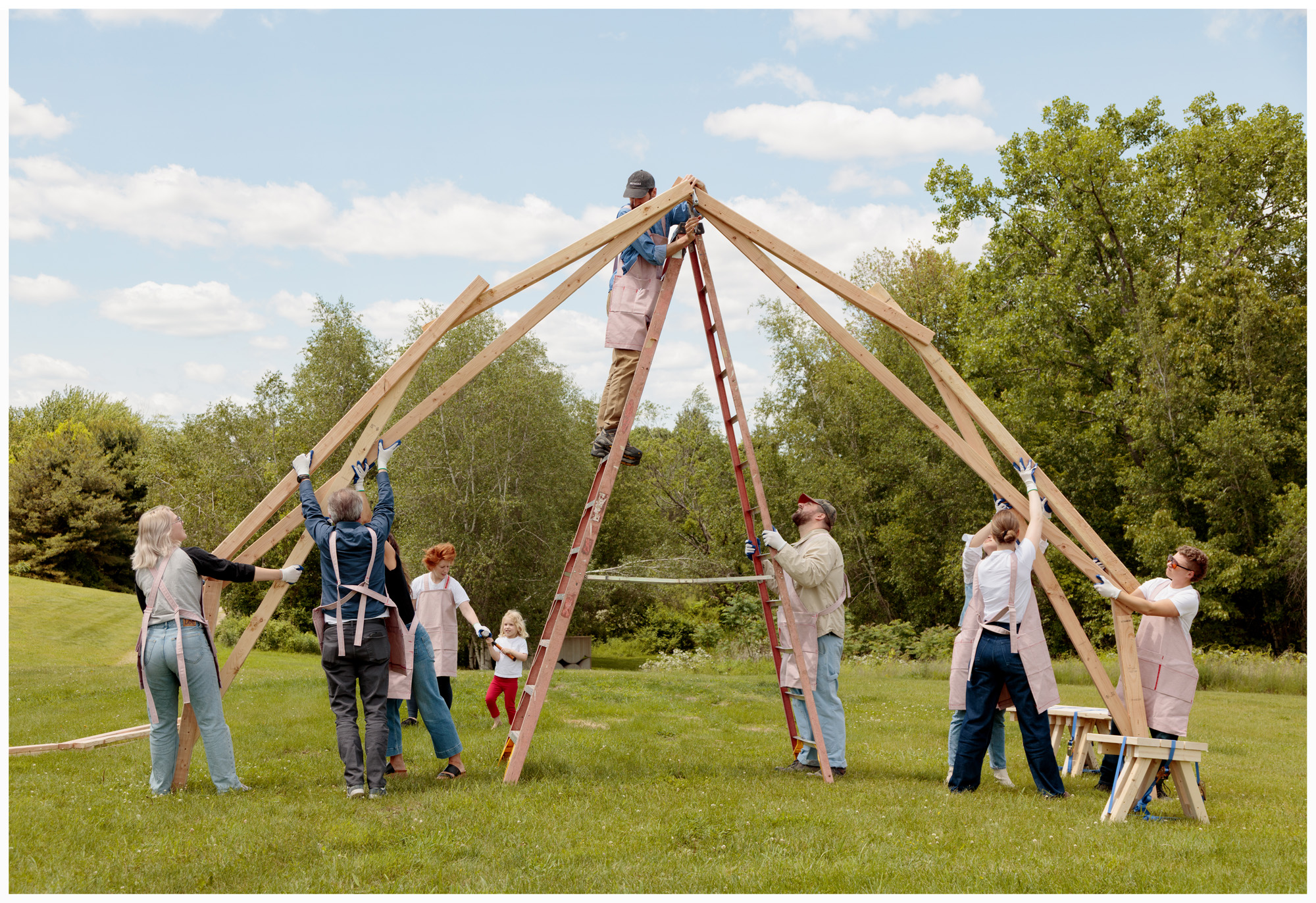 Architect Erin Besler is reframing the American tradition of barn raising
Architect Erin Besler is reframing the American tradition of barn raisingAt Art Omi sculpture and architecture park, NY, Besler turns barn raising into an inclusive project that challenges conventional notions of architecture
-
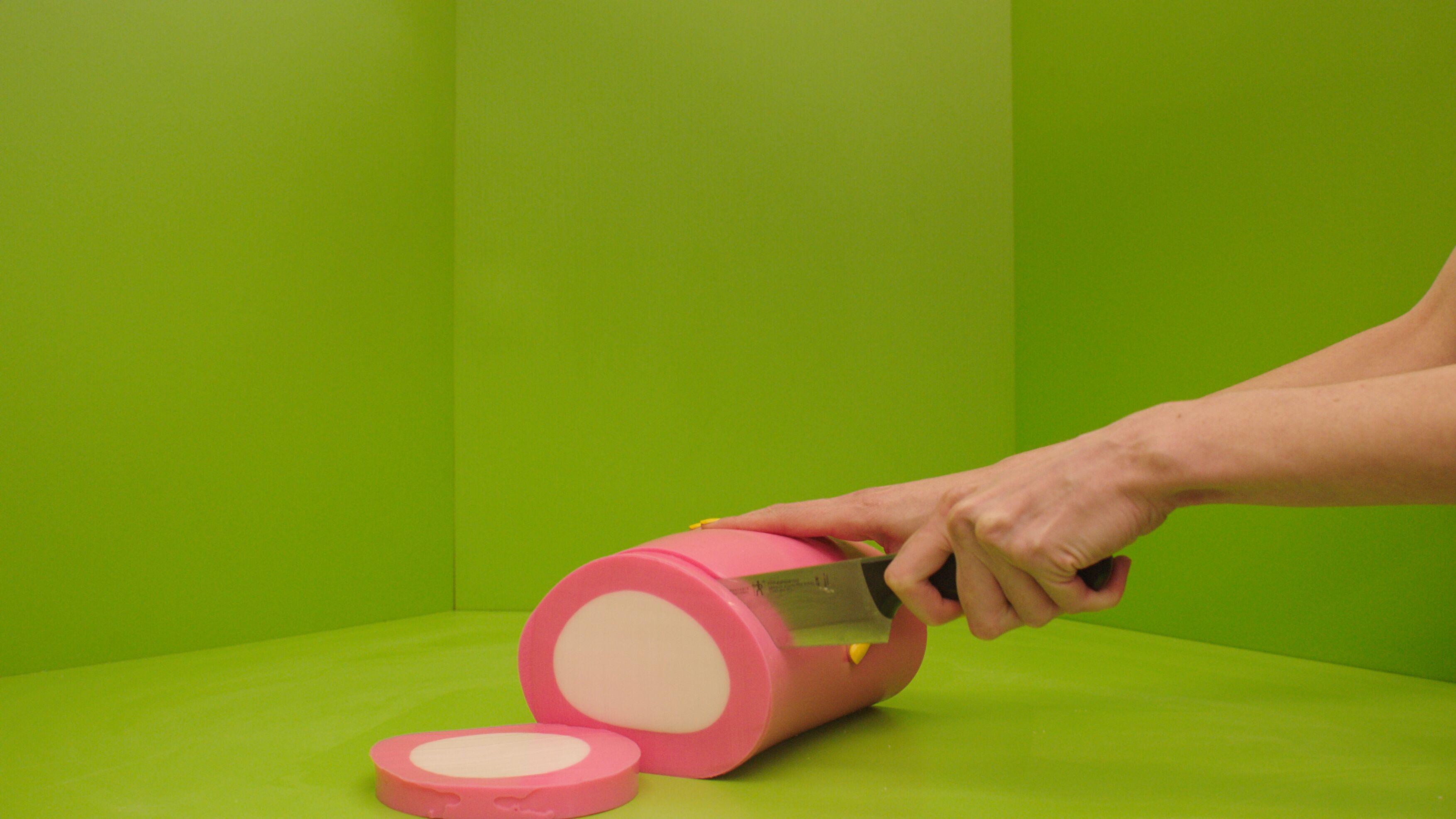 What is recycling good for, asks Mika Rottenberg at Hauser & Wirth Menorca
What is recycling good for, asks Mika Rottenberg at Hauser & Wirth MenorcaUS-based artist Mika Rottenberg rethinks the possibilities of rubbish in a colourful exhibition, spanning films, drawings and eerily anthropomorphic lamps
-
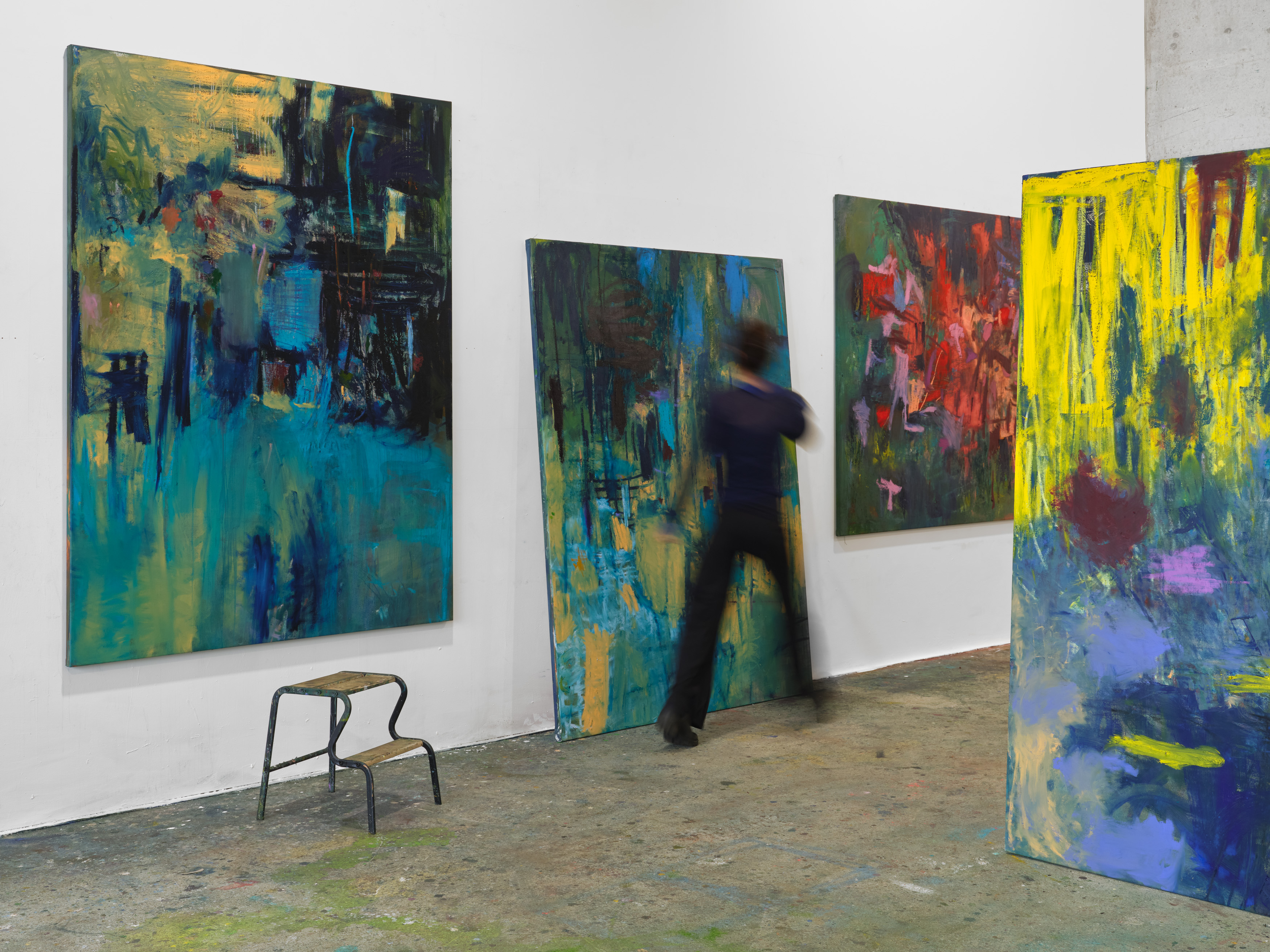 Get lost in Megan Rooney’s abstract, emotional paintings
Get lost in Megan Rooney’s abstract, emotional paintingsThe artist finds worlds in yellow and blue at Thaddaeus Ropac London
-
 San Francisco’s controversial monument, the Vaillancourt Fountain, could be facing demolition
San Francisco’s controversial monument, the Vaillancourt Fountain, could be facing demolitionThe brutalist fountain is conspicuously absent from renders showing a redeveloped Embarcadero Plaza and people are unhappy about it, including the structure’s 95-year-old designer
-
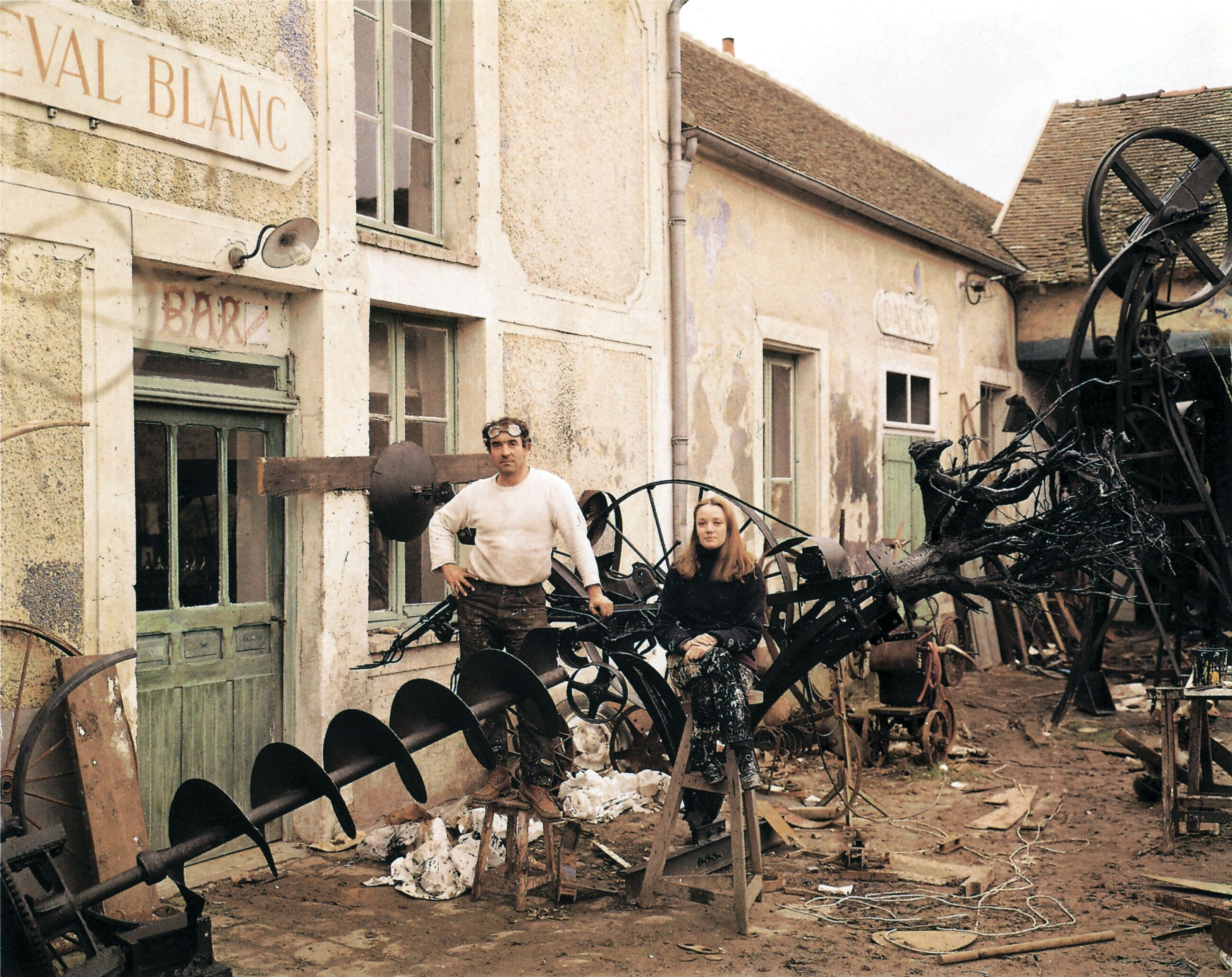 See the fruits of Niki de Saint Phalle and Jean Tinguely's creative and romantic union at Hauser & Wirth Somerset
See the fruits of Niki de Saint Phalle and Jean Tinguely's creative and romantic union at Hauser & Wirth SomersetAn intimate exhibition at Hauser & Wirth Somerset explores three decades of a creative partnership
-
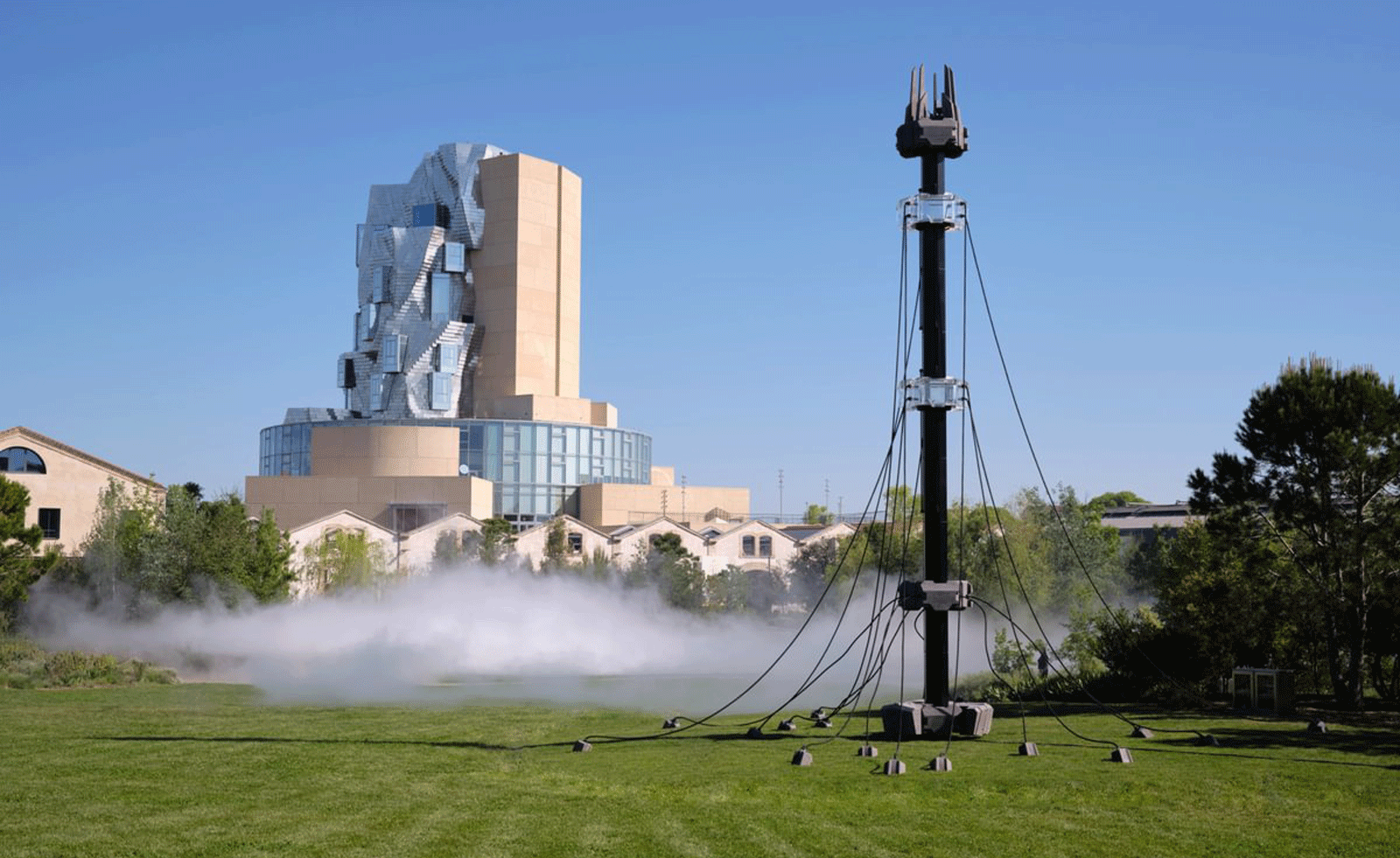 Technology, art and sculptures of fog: LUMA Arles kicks off the 2025/26 season
Technology, art and sculptures of fog: LUMA Arles kicks off the 2025/26 seasonThree different exhibitions at LUMA Arles, in France, delve into history in a celebration of all mediums; Amy Serafin went to explore